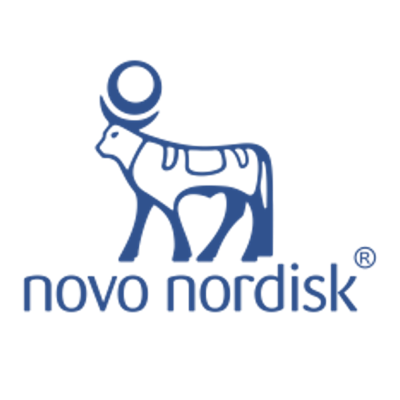Potential of metabolic fibroblast growth factors in fatty liver disease
Metabolic fibroblast growth factors (FGFs) and their analogues carry great potential as novel therapeutics to treat metabolic conditions. With this partnership, the aim is to understand the mechanisms by which FGF-mimetics mediate their effects on hepatocytes in the context of non-alcoholic fatty liver disease (NAFLD), a common chronic liver disorder.
NAFLD encompasses a broad spectrum of liver diseases, ranging from simple fat accumulation to nonalcoholic steatohepatitis (NASH), which can progress to liver fibrosis, cirrhosis, and ultimately end-stage liver disease. In Western countries, the prevalence of NAFLD is almost a third of the general population and therefore there is an urgent need for medication that can stop the progression of NAFLD.
In this project the functional effects and underlying mechanisms of specific metabolic FGFs and various relevant analogues was studied, using newly established in vitro systems mimicking normal and NAFLD conditions. The insights obtained from these studies will contribute to the development of novel FGF-based therapeutics with improved function and reduced adverse effects.
A side-by-side comparison of the effects of metabolic FGFs and various relevant analogues on hepatocyte function in the context of NAFLD/NASH was made. Observed differences in metabolic and proliferative activity can help to guide the design of novel FGF-mimetics with improved therapeutic profiles.


